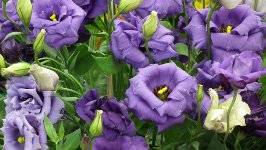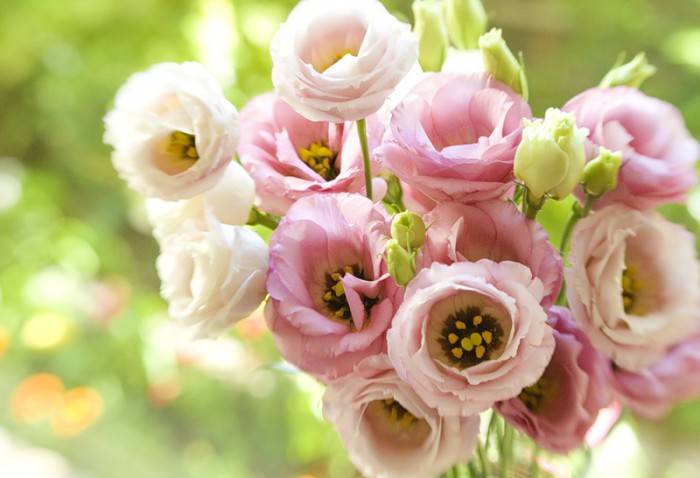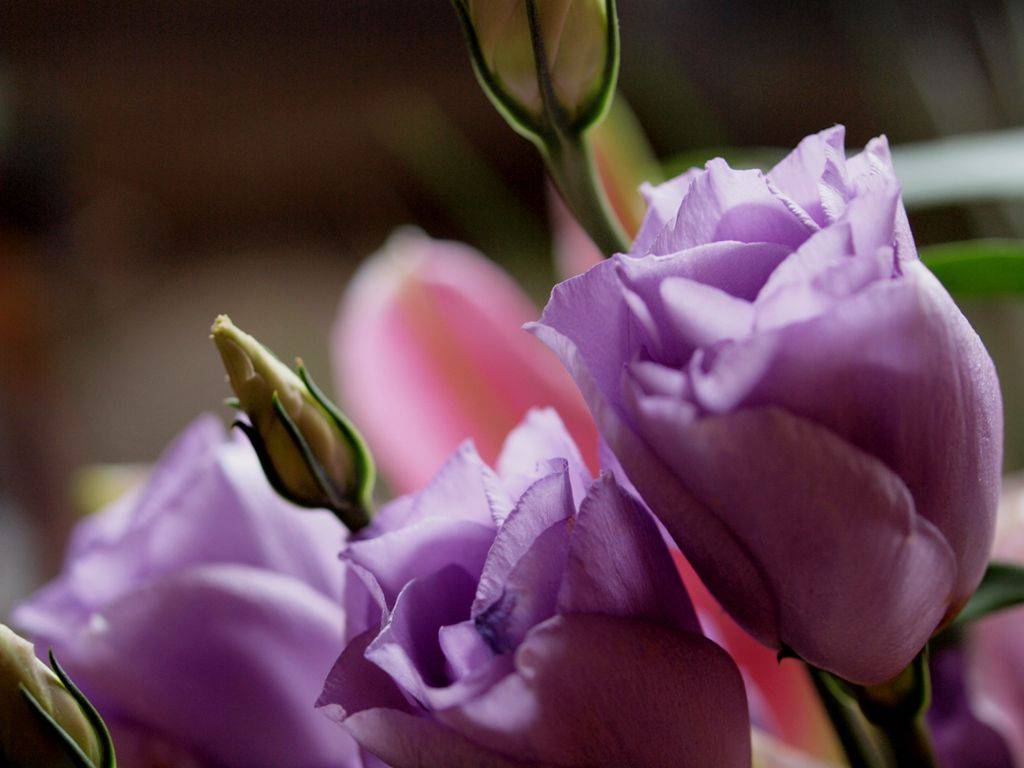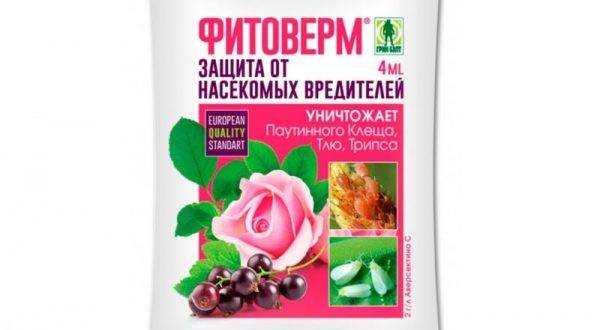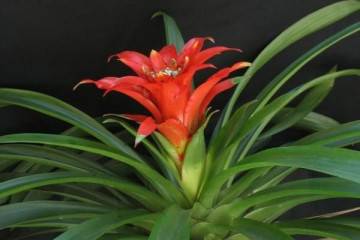Eustoma flower
Content:
The eustoma flower belongs to the gentian family. It quickly gained popularity among flower growers for its lush, rose-like inflorescences, which retain their freshness for a long time after cutting. At summer exhibitions in Poland, the plant is valued expensively, because looks very impressive. When planting and caring for an eustoma flower, certain rules must be followed.
Eustoma flower - description
The name of the flower comes from two Greek words: "eu", meaning "adorable", "stoma" - "mouth", "mouth". Thus, eustoma is translated as "beautiful mouth" or "splendid oral". The plant is native to the USA. Among the Mexicans, it is considered the personification of spring, like a snowdrop in Russia.
The origin of the eustoma
Automa or Eustoma was discovered, named and classified by R. Salisbury in the 19th century. In 1933, a selection was made in Japan, after which the plant spread throughout the world.
The second name for eustoma is lisianthus or French rose. In Russia, the plant is often called lisianthus, which means "bitter" or "full-blown". Also, gardeners called the eustoma French rose without thorns. There are other names depending on the place where it is grown: queen of the prairie, Texas bell, etc.
What does eustoma look like
It grows up to 1.5 m. The stems are strong, resemble those of cloves in structure. Branches are strongly branched. The leaf plates are ashy or gray-gray, matte, in the shape of an elongated oval. The seeds are small.
How eustoma blooms
Artificially bred varieties with red, snow-white, yellow, pinkish, lilac, purple petals. Available in solid color or with contrasting piping.
The buds are large (5-8 cm), funnel-shaped. In the half-open state, they resemble roses, and when fully opened, they resemble poppies. One branch can have up to 35 pieces, blooming alternately.
How eustoma grows
Eustoma grows in the garden as an annual plant. In the natural environment, it is a biennial, and in indoor conditions, it is a perennial. Wild specimens prefer small ditches and fields.
Types and varieties of perennial eustomas
There are a huge number of varieties of the French rose. Below are the most popular varieties.
Eustoma white
The most attractive varieties of white eustoma with a description:
- Pure White. Tall variety from the Echo series. Belongs to the first flowering group. Terry buds, 5-6 cm, pure white tone;
- White (Rosita series). Tall variety with medium-sized double buds;
- Ivory from the Carmen line. Low-growing variety 15-25 cm with simple ivory flowers;
- Sapphire White. Low-growing variety 13-15 cm with simple buds. Outwardly it is very similar to a mini rose;
- White from the Rosie series. It grows up to 15-25 cm, blooms double flowers.
Eustoma undersized
The most popular and beautiful varieties:
- Mermaid - up to 15 cm high. Inflorescences 6 cm in diameter. The petals of the Little Mermaid are snow-white, cornflower blue, purple, pinkish, lilac;
- Bell - up to 15 cm. Inflorescences of medium size, various colors;
- Fidelity - up to 20 cm. Flowers bloom in large numbers in a spiral;
- Eustoma (lisianthus) Pink Florida - pinkish petals.Flowers grow in the form of a bouquet.
Terry eustoma
Terry eustoma varieties:
- Aurora. In height from 0.9 to 1.2 m. Lush flowering, petals of various tones: pink, snow-white, lilac, blue. Blooms 3 weeks earlier than other varieties;
- Florida Pink. Reaches 20-25 cm. Grown as a pot plant. This eustoma dissolves pink flowers of small size, 4-5 cm in circumference, open alternately;
- Mermaid. It is a short and double variety at the same time.
The listed varieties are distinguished by terry, lush buds.
Eustoma purple
Varieties:
- Blue (Echo series). Reaches 60-80 cm, double flowers 4-6 cm, blue-violet. Refers to the first flowering group;
- Deep Blue (Flare). Terry buds of a characteristic shade. In stores it is sold under the name Laguna Deep Blue;
- Blue (Mariachi). Tall (80-100 cm), large-flowered, terry variety with purple flowers (5-7 cm). The second group of flowering;
- Blue (Florida). It is a stunted eustoma with simple purple flowers;
- Blue (Mermaid). Small bush up to 13-17 cm with simple inflorescences (5-6 cm);
- Sapphire Blue. A series of low-growing varieties with simple flowers of a rich purple hue. Sapphires are 13-15 cm high;
- Blue Carmen. It grows up to 15-25 cm. Dissolves simple medium-sized inflorescences.
Florists call this type of eustoma Blue. However, the shade of the petals is nevertheless closer to purple.
Eustoma lavender
Varieties:
- Lavender (Mariachi). Strongly double inflorescences, 5-7 cm, lavender shade. Belongs to the 2nd flowering group;
- Lavender (Rosita, 3). Tall bush (0.8-1 m) with medium-sized double flowers, light sky tone;
- Lavender (ABC, 2). Tall (80-100 cm), with large double inflorescences. The petals are delicate lilac.
Eustoma in a pot
Lisianthus will delight with lush flowering, planted at home. To achieve this, you need to know how to care for room eustoma.
How to grow homemade eustoma
Seeds are sown at any time of the year, but preferably in late February and early March. You can make the soil for sowing yourself by mixing peat and sand in equal amounts or purchase a soil mixture for violets. Growing an eustoma flower step by step for home maintenance or planting in open ground:
- seeds for reproduction must be evenly distributed over the surface of the earth (since the seed is small, it is recommended to purchase it in the form of pills);
- cover the seedlings with glass or foil, put in a bright and warm place (+ 20 ... + 23 ° С);
- if necessary, periodically moisten the earth;
- shoots will sprout in 2-3 weeks. First remove the shelter for a quarter of an hour, daily increase the time by 10 minutes, until the plants are ventilated for 3 hours. After that, the glass or film can be removed completely;
- after the appearance of a pair of real leaves, make a dive into a separate pot with lined drainage or plant seedlings in the garden.
Eustoma flowers are demanding on lighting. The light should be bright but diffused. The best option would be placement on the east, west or southwest side. At noon, the bushes need to be shaded from direct ultraviolet rays.
In the summer season, perennial eustoma, when grown, feels great at room temperature - + 18 ... + 25 ° С. In winter, the degree should be lowered to + 10 ... + 15 ° С. This can be done with an air conditioner or fan.
In summer, frequent but moderate watering is necessary. In winter, it is done less frequently, only when necessary. It is necessary to moisten the soil at the root when the top layer of the soil dries up by 2-3 cm, avoiding contact with the buds and leaves. For irrigation, you need to use soft and settled water (preferably rain or thawed). Excess liquid must be drained immediately to avoid root decay.
Perennial eustoma does not tolerate dry air well. You cannot spray the plant. To create optimal humidity, it is advised to put a basin of water, wet expanded clay or pebbles next to the bush. You can also install a humidifier in the room.
The French rose needs feeding twice a month. You can use a universal fertilizer for flowering plants. The mixtures are applied during the period of active growth and flowering. For the winter, feeding is stopped.
After the end of flowering, before wintering, the branches must be cut off, leaving 3 internodes and several pairs of leaves. Then move the pot to a cool resting area.
Eustoma or lisianthus rarely infest pests, because they don't like juice that tastes bitter. Whitefly, aphids, spider mites can rarely start. Chemicals are used to destroy them: Aktellik, Fitoverm, Aktara. With improper care (excessive watering, lack of fertilizers, sudden changes in temperature), fungal infections occur: fusarium, root rot, powdery mildew and others. In this case, the use of fungicides Fundazol and Ridomil Gold is necessary.
In conclusion, we can say that lisianthus is a wonderful flowering plant that can be used in bouquets, for decoration for celebrations and just for home decoration. It is grown both indoors and in the garden. For lush flowering, eustoma requires only the necessary conditions and care.

